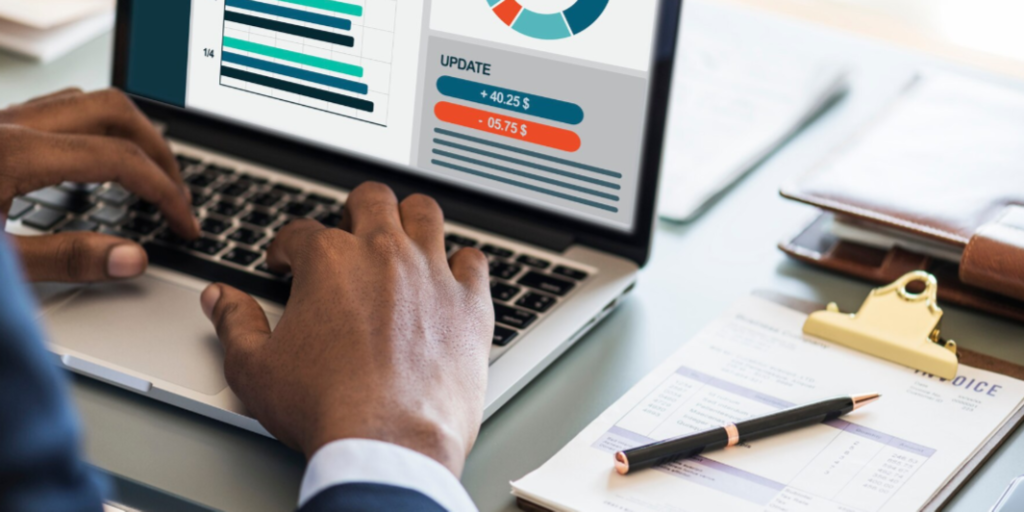When it comes to personal loans, understanding the difference between secured and unsecured options is crucial. Each type comes with its own advantages, risks, and costs. In this guide, we’ll explain the key differences between secured and unsecured loans, outline the pros and cons, and offer practical tips on choosing the best option for your unique financial situation.
Table of Contents

1. Introduction: Why Loan Type Matters
Choosing the right type of personal loan can impact your interest rates, repayment terms, and overall financial health. Secured and unsecured loans cater to different needs and risk profiles. By understanding their differences, you can make a more informed decision that supports your long-term financial goals.
2. What Are Secured Loans?
Secured loans require collateral such as a car, savings account, or other valuable asset to guarantee repayment. Because the lender has something to fall back on, secured loans generally offer:
- Lower Interest Rates: With collateral backing the loan, lenders see less risk.
- Higher Borrowing Limits: You may be able to borrow more if you offer a valuable asset.
- Flexible Terms: Repayment terms may be more favorable due to reduced risk.
Example:
A secured personal loan might use your savings account as collateral, offering you a lower APR than an unsecured option.
3. What Are Unsecured Loans?
Unsecured loans do not require collateral. They are granted based solely on your creditworthiness and financial history. Key features include:
- No Collateral Required: This is ideal if you don’t have valuable assets to pledge.
- Faster Approval: The process is often quicker because there's no need to assess collateral.
- Higher Interest Rates: Because there’s more risk for the lender, rates are typically higher.
- Smaller Loan Amounts: Unsecured loans might come with lower borrowing limits compared to secured ones.
Example:
Credit cards and personal loans are common examples of unsecured loans where your credit score plays a major role in determining terms.
4. Comparing the Pros and Cons
Pros of Secured Loans
- Lower interest rates and fees
- Potentially higher loan amounts
- Easier approval if you have a strong asset
Cons of Secured Loans
- Risk of losing your collateral if you default
- More paperwork and appraisal processes
- Not ideal if you don’t have valuable assets
Pros of Unsecured Loans
- No risk of losing physical assets
- Faster and simpler application process
- Flexibility for borrowers without collateral
Cons of Unsecured Loans
- Generally higher interest rates
- Lower borrowing limits
- Approval heavily dependent on credit score and financial history
5. How to Decide Which Loan is Right for You
When choosing between secured and unsecured loans, consider these factors:
- Your Financial Situation: Do you have assets to offer as collateral? If not, an unsecured loan may be your only option.
- Credit Score: A strong credit history can help secure better rates on unsecured loans, but if your score is lower, a secured loan might offer more favorable terms.
- Loan Purpose: Consider what you need the loan for. If it’s for a major expense like a home renovation, a secured loan might be ideal. For smaller, short-term needs, an unsecured loan could be more convenient.
- Risk Tolerance: Evaluate whether you’re comfortable risking your collateral. If not, opting for an unsecured loan may give you peace of mind.
6. Conclusion: Making an Informed Choice
Choosing between secured and unsecured loans comes down to weighing the benefits against the risks. By understanding the key differences, assessing your financial situation, and considering your long-term goals, you can select the type of loan that best fits your needs. Remember, the right loan can not only provide the funds you need today but also help build a solid financial foundation for tomorrow.

